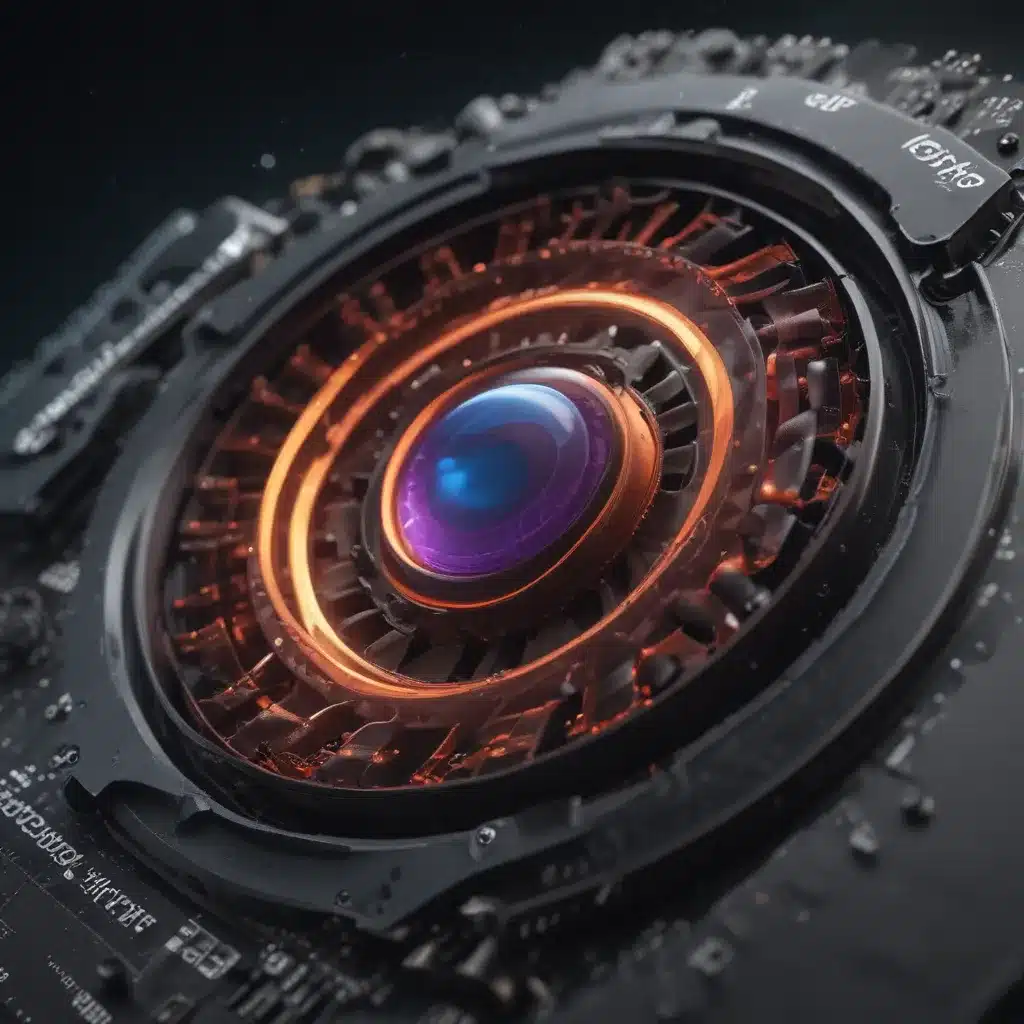The Incredible Power of Your Graphics Card
Let me tell you a secret – your humble graphics card is the unsung hero powering some of the most incredible features in Photoshop. While we often think of the processor or memory as the key components, it’s actually your GPU (Graphics Processing Unit) that’s responsible for supercharging Photoshop’s filters, AI-powered tools, and overall performance.
As a photography enthusiast and Photoshop addict, I’ve marveled at how quickly I can now apply complex filters, seamlessly retouch portraits, and even generate stunning AI-driven effects. And it’s all thanks to the incredible leaps in GPU technology that have happened behind the scenes. In this article, I’m going to peel back the curtain and show you how your graphics card is the secret sauce turbocharging your digital darkroom experience.
Photoshop’s GPU-Accelerated Workflows
One of the first things you’ll notice when opening Photoshop is how smooth and responsive the application feels, even when working with large, high-resolution images. This is all thanks to Photoshop’s deep integration with your computer’s GPU. As Adobe explains, Photoshop “leverages the graphics processor in your system to provide a seamlessly smooth Photoshop experience and increased performance with many features.” [1]
In fact, Photoshop has a whole suite of features that are specifically designed to take advantage of your GPU’s processing power. Things like the new AI-powered Neural Filters, the Blur Gallery, Smart Sharpen, and even basic tasks like zooming and panning are all GPU-accelerated. [1] This means they’ll perform significantly faster and more responsively on a capable graphics card compared to relying solely on your CPU.
But it’s not just the speed that impresses me – it’s the sheer quality and complexity of the effects you can achieve. Take the Neural Filters, for example. With a powerful GPU, you can now use AI to seamlessly adjust facial features, apply artistic styles, and even generate entirely new images from scratch. [2] And the best part? It all happens in just a few seconds, allowing you to quickly experiment and refine your vision.
Recommended GPUs for Photoshop
Of course, not all graphics cards are created equal when it comes to Photoshop performance. Adobe recommends using GPUs with an “Average Ops/Sec of 2000 or higher” on PassMark’s GPU benchmark chart. [1] This generally means using a dedicated graphics card from NVIDIA’s RTX or AMD’s Radeon RX series, rather than relying on the integrated graphics found in many laptops and budget desktops.
To give you a better idea, here’s a quick comparison of some popular GPU options and their suitability for Photoshop:
| GPU Model | Recommended For Photoshop? |
|---|---|
| NVIDIA GeForce RTX 4080 | Excellent |
| AMD Radeon RX 6800 XT | Excellent |
| NVIDIA GeForce RTX 3060 Ti | Good |
| AMD Radeon RX 5700 XT | Good |
| Intel UHD Graphics | Not Recommended |
As you can see, the latest high-end GPUs from NVIDIA and AMD are the clear winners, providing the best performance and features for Photoshop. But even a mid-range card like the RTX 3060 Ti can deliver a significant boost compared to integrated graphics. [7]
The Future of AI-Powered Photoshop
While the GPU-accelerated features in Photoshop today are impressive, I can’t help but get excited about the future. With the rapid advancements in AI and machine learning, we’re just scratching the surface of what’s possible.
As NVIDIA’s blog post highlights, the company is working closely with Adobe to integrate cutting-edge AI technology into Photoshop, unlocking even more creative possibilities. [6] The new Smart Portrait filter, for example, uses NVIDIA’s StyleGAN2 AI model to let you easily adjust facial features and lighting with just a few clicks. And this is just the beginning.
I can’t wait to see how future versions of Photoshop will leverage AI and GPU acceleration to streamline even more of our workflow. Imagine being able to automatically remove backgrounds, enhance details, or even generate entirely new images – all with lightning-fast performance and stunning results. It’s a future that’s both exciting and a little dizzying to think about.
Unleashing Your Creative Potential
At the end of the day, the true power of GPU acceleration in Photoshop isn’t about the numbers or the technical specifications. It’s about unlocking your creative potential and allowing you to focus on what really matters – bringing your vision to life.
Whether you’re a professional photographer retouching high-resolution images, a digital artist experimenting with the latest AI-powered filters, or a hobbyist just looking to have some fun, your graphics card is the unsung hero that makes it all possible. So the next time you’re marveling at the smooth performance and impressive results in Photoshop, remember the incredible power that’s hiding inside your computer, waiting to be unleashed.
[1] “Photoshop CC GPU Card FAQ,” Adobe, accessed July 2023, https://helpx.adobe.com/photoshop/kb/photoshop-cc-gpu-card-faq.html.
[2] “Adobe and NVIDIA: Accelerating Creativity with AI,” NVIDIA Blog, October 2020, https://blogs.nvidia.com/blog/adobe-max-ai/.
[3] “Camera Raw GPU Acceleration FAQ,” Adobe, accessed July 2023, https://helpx.adobe.com/camera-raw/kb/acr-gpu-faq.html.
[4] “New Laptop: Integrated Graphics Card or Separate?,” Lightroom Queen Community, accessed July 2023, https://www.lightroomqueen.com/community/threads/new-laptop-integrated-graphics-card-or-separate.47563/.
[5] “Denoise Takes Several Minutes to Complete,” Adobe Community, accessed July 2023, https://community.adobe.com/t5/lightroom-classic-discussions/denoise-takes-several-minutes-to-complete/td-p/13739319.
[6] “Adobe and NVIDIA: Accelerating Creativity with AI,” NVIDIA Blog, October 2020, https://blogs.nvidia.com/blog/adobe-max-ai/.
[7] “NVIDIA Studio: Accelerate Your Artistry,” B&H Explora, accessed July 2023, https://www.bhphotovideo.com/explora/computers/features/nvidia-studio-accelerate-your-artistry.













